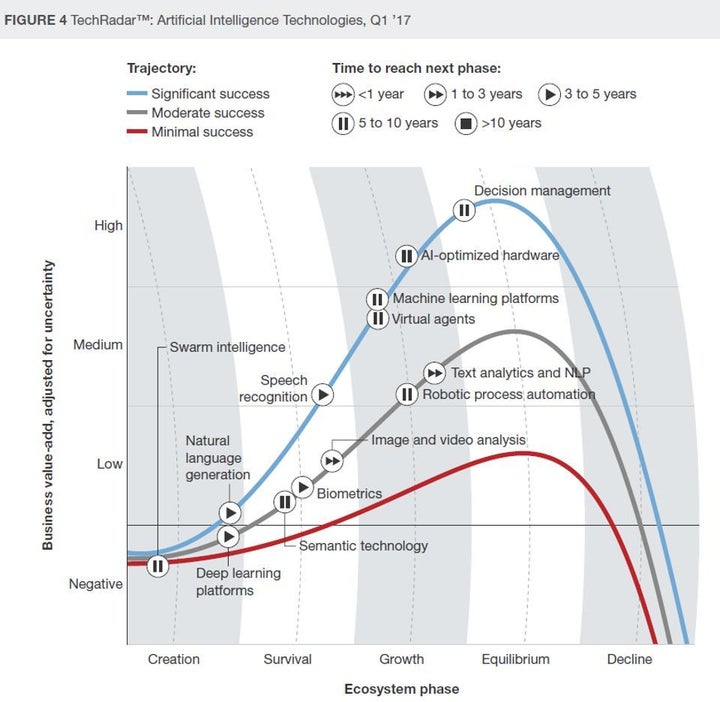As Sears shutters and Amazon roars to new heights with drone delivery, you can’t help but wonder if algorithms and artificial intelligence have now heralded the death of the human interaction that was such an essential component of marketing.
Browsing at Best Buy to get your hands on the latest in electronics has been replaced by small ads on Google or a Facebook page, or the photo on Instagram. A conversation at Macy’s has become less likely. And an afternoon once spent wandering in and out of stores at Malls to see and touch the real thing has morphed into website zoom-in photos on your phone or another digital device from wherever you happen to be at that moment.
Artificial intelligence has transformed marketing. The changes are dramatic.
Like all things new, those who jump on the bandwagon with smarts and gusto reap the benefits. The early adopter wins.
Just look at the financial markets as an indicator of performance. Compare the P/E ratios and market caps of the juggernauts. As of this weekend — according to https://www.theonlineinvestor.com/large_caps/ — looking at the top six stocks ranked by market cap, five are built around these technologies: Apple, Alphabet, and Microsoft are the top three, in that order; Facebook and Amazon are at five and six respectively; and Berkshire Hathaway fills in at number four.
Some surely think this is the pattern for the future. Predictions are explosive.
According to a study by International Data Corporation, released in October late last year:
Widespread adoption of cognitive systems and artificial intelligence (AI) across a broad range of industries will drive worldwide revenue from nearly $8.0 billion in 2016 to more than $47 billion in 2020. … the market for cognitive/AI solutions will experience a compound annual growth rate (CAGR) of 55.1% over the 2016-2020 forecast period.
Impressive growth. Surely a driving factor.
And the breadth of artificial technologies has expanded, moving forward on a dramatic trajectory to adoption.

Are we on a trajectory where algorithms take over? Trying to predict our next thought and, long before we might realize, they “tell us what we want to know.”
Or will the future still keep us in charge and make sure we have the opportunity to “tell machines what we want to know”?
As a long-time marketing and corporate communications professional, I learned early in my career that effective interaction should start with a simple question; “What can I do for you?”
My going in proposition was listen first, talk second. Each and every opportunity was a moment to encourage others to speak and for me simply to listen … never to believe that I knew more than they.
That approach built relationships through a human connection. And those are the kind that last a life time.
Even in this digital age, nothing has changed about that. The enduring lesson is that the human dimension is critical.
Of course, artificial intelligence has proven to add a powerful dimension. It learns and anticipates based on past behavior. It has proven to be an essential tool for understanding patterns and helping provide customers with short cuts to get where they are going much faster and simpler. In turn, ensuring a sale.
The most talented of industry leaders and marketing professionals get it. They understand the need for both human interaction and algorithms.
The smartest have the insights to balance the tech side of things and the human. Amazon, along with Apple and Starbucks, to name a few, are at the leading edge and, in the process, they’ve bested the competition. Success was earned because of that mix.
The caution, though, is for startups and new adopters. They cannot let themselves be blinded by the promise of artificial intelligence and, in the process, lose sight of the human interaction.
One without the other just won’t work.
